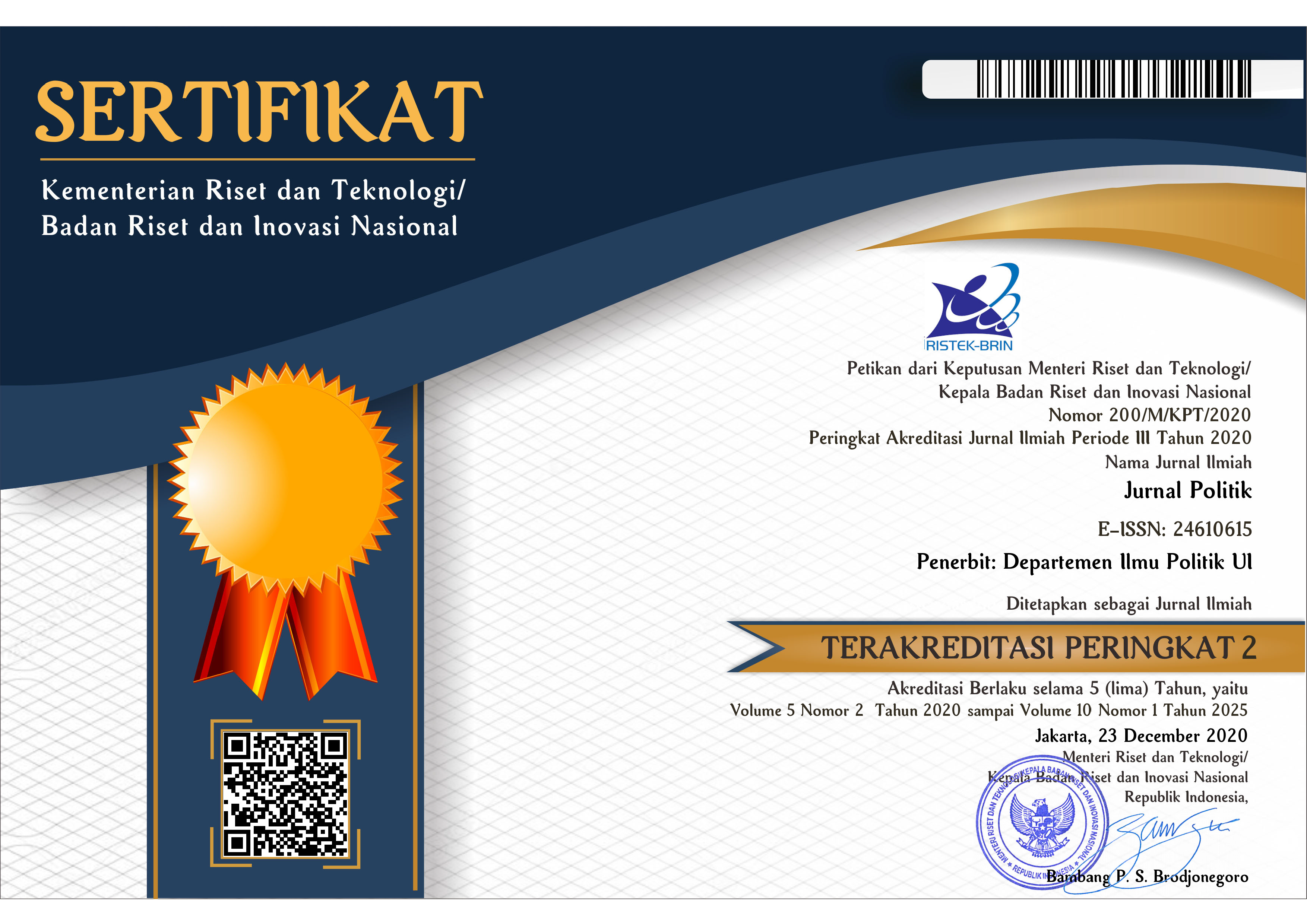Abstract
Geothermal energy is currently considered as an environmentally friendly, renewable energy source. However, based on empirical data from various countries, geothermal energy production often results socioecological losses for the host community. Various environmental justice movements have emerged to protect environment by protestesting and providing a counter discourse against the dominant perception that geothermal energy is renewable and environmentally friendly. As Indonesian government put more effort to develop more geothermal power thermal across the country, more reactions also emerge and surprisingly include the critical one. This article aims to look at one of the critical reaction from community to counter the argument of positive impact of a geothermal site. It is important to understand how the strategy and discourse of an agent to argue that eviromental friendly is not always beneficial, especially fo local community. This article looks into the Aliansi Selamatkan Slamet (freely translated into Save Slamet Alliance) movement that rejects the construction of the Baturraden Geothermal Power Plant (PLTPB) in Banyumas by outlining the key elements and specific conditions observed. Aliansi Selamatkan Slamet is intriguing because it has achieved active involvement of various elements through its respective perspectives to jointly reject the construction of the PLTPB. Using a theoretical framework of the movement strategy, it examines how Aliansi Selamatkan Slamet determined the selection of targets, framing, time, and relations in the resistance movement. The results indicate sociopolitical conditions, relations between organizations, and organizational cultures are influential to the strategies and discourses of the movement.
Recommended Citation
Santoso, Priyo Fajar and Kusumasari, Bevaola
(2019)
"Key Elements of Environmental Justice in the Geothermal Power Plant Resistance Movement,"
Jurnal Politik: Vol. 5:
Iss.
1, Article 2.
DOI: 10.7454/jp.v5i1.1019
Available at:
https://scholarhub.ui.ac.id/politik/vol5/iss1/2
Included in
Environmental Policy Commons, Environmental Studies Commons, Natural Resources Management and Policy Commons, Political Economy Commons, Political Science Commons


